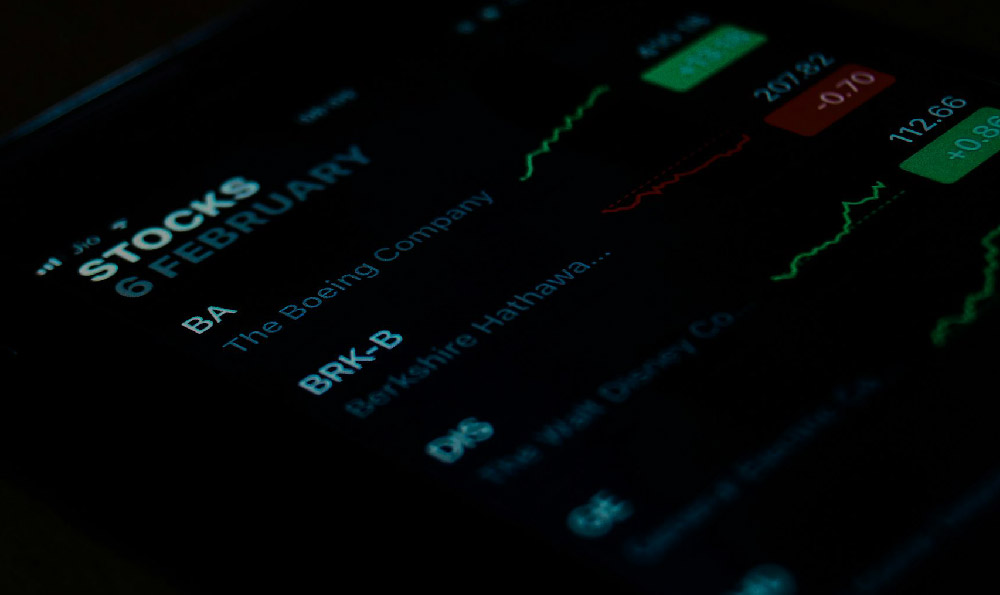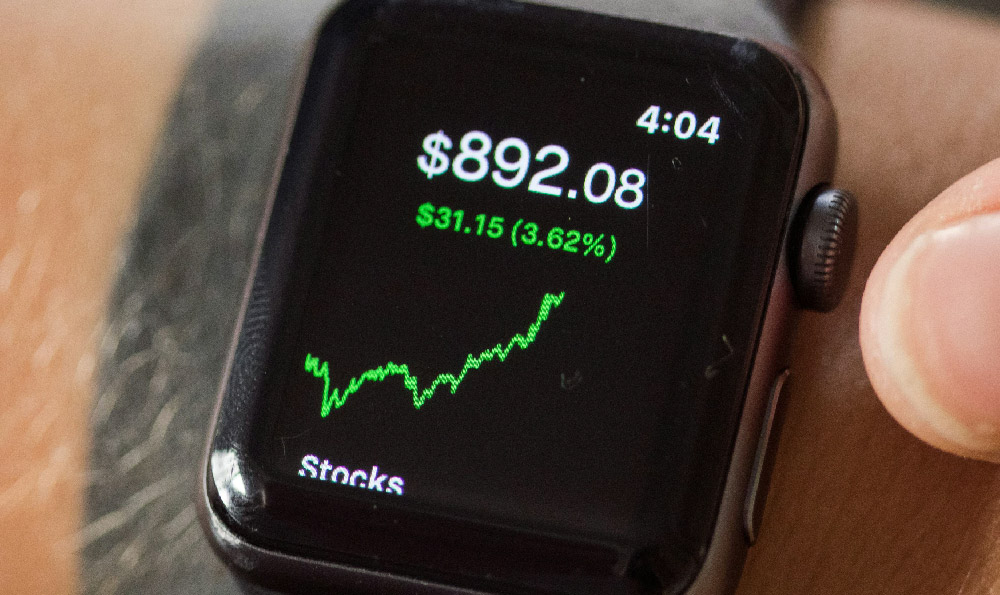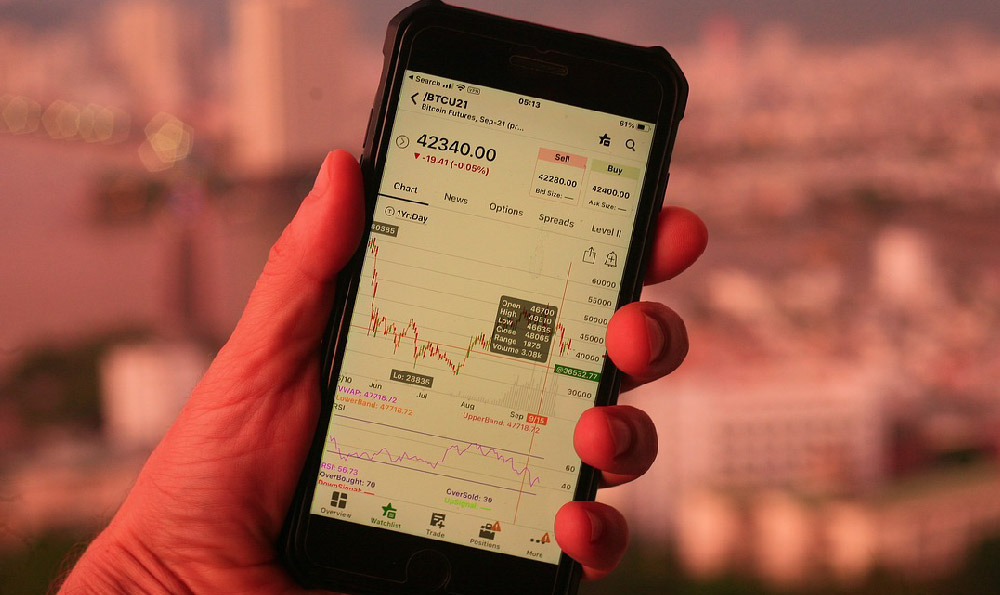Alright, let's delve into the fascinating, and often elusive, world of YouTube earnings, particularly focusing on channels boasting a million subscribers. It’s a common question, and the answer, unfortunately, isn’t a simple dollar figure. It's a complex equation influenced by numerous factors that can significantly skew the results. Think of it less like a guaranteed paycheck and more like a multifaceted business with varying income streams.
First, let's address the elephant in the room: AdSense. This is usually the first income source that comes to mind. YouTubers join the YouTube Partner Program (YPP) and enable monetization on their videos. When viewers watch ads displayed before, during, or after their content, the YouTuber earns a small amount. This is where the CPM (Cost Per Mille, or cost per thousand views) and RPM (Revenue Per Mille, or revenue per thousand views) metrics become crucial. CPM represents the amount advertisers pay for 1,000 ad impressions, while RPM is the actual revenue a YouTuber receives after YouTube takes its cut (approximately 45%).
CPM and RPM are volatile beasts, heavily influenced by several factors. Geographic location of the viewers plays a significant role. Views from the US, Canada, the UK, and Australia typically yield higher CPMs than views from, say, India or Brazil. This is because advertisers are willing to pay more to reach audiences in wealthier countries with greater purchasing power. The niche or topic of the channel also matters immensely. Finance, technology, and business-related content tend to attract higher CPMs due to the higher value of the products and services being advertised. Gaming, vlogging, or entertainment channels often have lower CPMs. Time of year also impacts ad revenue. The holiday season (Q4) typically sees a surge in advertising spending, leading to higher CPMs, while January and February are often slower months.

For a channel with 1 million subscribers, the potential AdSense revenue can range wildly. Let’s assume a conservative average RPM of $2 to $5. If a video consistently gets, say, 100,000 views, that translates to $200 to $500 per video. If the YouTuber uploads, on average, two videos per week, that equates to $1,600 to $4,000 per month from AdSense alone. However, it’s critical to understand that not all subscribers watch every video. View counts relative to subscriber count are a critical indicator of audience engagement. A channel with high subscriber count but low average views might indicate a disengaged or inactive subscriber base.
Beyond AdSense, the real money for most successful YouTubers lies in alternative monetization strategies. Sponsorships and brand deals are a significant source of revenue. Companies pay YouTubers to promote their products or services within their videos, and these deals can be incredibly lucrative. The amount a YouTuber can charge for a sponsorship depends on factors like audience size, engagement rate, niche relevancy, and the scope of the campaign. A channel with a million subscribers could command anywhere from $5,000 to $50,000 (or even more) per sponsored video, depending on the brand, deliverables, and negotiation skills. Landing sponsorships often requires proactive outreach, a well-crafted media kit showcasing the channel's demographics and engagement metrics, and the ability to create compelling content that seamlessly integrates the brand's message.
Affiliate marketing is another popular strategy. YouTubers promote products or services and include affiliate links in their video descriptions. When viewers click on these links and make a purchase, the YouTuber earns a commission. This can be a sustainable income stream, particularly for channels that review products or offer tutorials. The commission rates vary depending on the affiliate program and the type of product. Amazon Associates is a popular choice, but other niche-specific affiliate programs often offer higher commission rates.
Merchandise sales can be a substantial revenue source for channels with a strong brand identity and loyal fanbase. Selling branded apparel, mugs, stickers, or other merchandise can generate significant profits. This requires investing in design, manufacturing, and fulfillment, but it can be a very rewarding endeavor. Many YouTubers use platforms like Shopify or Printful to manage their merchandise operations.
Furthermore, platforms like Patreon or YouTube Memberships allow viewers to directly support their favorite creators through recurring monthly subscriptions. These subscriptions often come with exclusive perks, such as bonus content, early access to videos, or personalized shout-outs. This can provide a stable and predictable income stream for YouTubers who cultivate a strong community around their channel.
Finally, YouTubers can diversify their income by offering online courses, workshops, or coaching services. This allows them to leverage their expertise and knowledge to create a premium product that caters to a specific audience. This requires significant effort to create the course content and market it effectively, but it can be a highly profitable venture.
In conclusion, while a YouTube channel with 1 million subscribers can potentially generate a significant income, there is no guaranteed amount. The actual earnings depend on a complex interplay of factors, including AdSense revenue, sponsorships, affiliate marketing, merchandise sales, membership programs, and the YouTuber's ability to diversify their income streams. Building a successful YouTube channel is akin to building a business; it requires hard work, dedication, strategic planning, and a keen understanding of the audience and the platform. Success hinges on consistently creating high-quality content, actively engaging with the audience, and relentlessly exploring new monetization opportunities. Simply having a million subscribers doesn't guarantee riches; it's what you do with that audience that truly matters.












